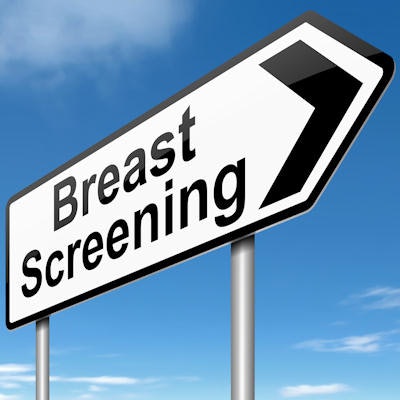
Screening breast MRI boosts early diagnosis of cancer in all women, not just those at high risk, according to a new study from Germany published online this week in Radiology. So why isn't the modality being used more frequently?
The findings suggest that use of the technology could be expanded beyond its traditional application in high-risk women, helping to catch cancer earlier in women of all ages and risk levels, wrote a team led by Dr. Christiane Kuhl of Aachen University in Aachen, Germany.
 Dr. Christiane Kuhl from the University of Aachen in Germany.
Dr. Christiane Kuhl from the University of Aachen in Germany."By far, most women who develop breast cancer are 'average risk,' " Kuhl told AuntMinnie.com via email. "Our results demonstrate that breast MRI improves early diagnosis in this group to the same extent as it does for women at high risk."
Early detection
Kuhl and colleagues studied breast MRI's effect on 2,120 asymptomatic women between the ages of 40 and 70 who had less than a 15% lifetime risk of breast cancer. Between 2005 and 2013, the women had normal screening mammograms; those with dense tissue also had normal screening ultrasound scans. The subjects also received breast MRI (Radiology, February 21, 2017).
The researchers then calculated the sensitivity, specificity, positive predictive value (recommendation for biopsy), and negative predictive value of MR imaging.
Breast MR found 60 additional cancers, 40 of which were invasive, for a cancer detection rate of 15.5 per 1,000 women. Of these 60 cancers, 48 were found at initial screening (cancer detection rate: 22.6 per 1,000 cases) and 59 were found by breast MR alone.
The cancers identified by breast MRI were small, with a median size of 8 mm, and also were node-negative in 93.4% of the cases. Breast MRI's specificity was 97.1%, its false-positive rate was 2.9%, and its positive predictive value was 35.7%.
No interval cancers were found, which suggests that perhaps the use of breast MRI could allow for longer screening intervals, according to the group.
"After a negative MR imaging screening study, on average the first screening diagnosis of breast cancer was not made until almost three years later," Kuhl and colleagues wrote. "This suggests that the protective shadow of MR imaging screening, [i.e.,] a screening interval that results in low risk of an interval cancer in most women, may last longer than values observed for mammographic screening."
The study shows that MRI is a valuable supplemental screening tool for women at average risk of breast cancer -- and superior to ultrasound for this purpose, they wrote. The cancer detection rate of 15.5 per 1,000 women is substantially higher than published rates for digital breast tomosynthesis (1.2 per 1,000 cases) and ultrasound (3.5 to 4.4 per 1,000 cases); it also has a higher PPV than published values for screening ultrasound (8.4% to 11.7%), according to the authors.
Cost concerns
So what hinders the use of breast MRI for screening? Cost is a factor, and it's often cited as an obstacle, the authors noted. They suggested, however, that cost-benefit analyses of the technology should consider the low interval cancer rate of screening breast MRI, as well as possible further savings due to catching invasive cancers earlier.
Breast MRI could also reduce recall rates, which tend to increase the costs of screening programs. In addition, the use of abbreviated MRI protocols could reduce the exam's cost, according to Kuhl.
"Cost is the main obstacle to increased use of breast MRI -- as well as limited availability, which is a function of cost," she said. "However, abbreviated protocols for breast MRI will change this. We hope that vendors will now start designing dedicated breast MRI machines that are optimized for breast imaging."
In any case, radiologists need to accept that mammography isn't necessarily the best breast cancer screening tool, according to Kuhl. If the goal is to ensure early diagnosis of prognostically relevant cancers and to avoid diagnosis of lesions that probably won't progress (such as many low-grade ductal carcinoma in situ), breast MRI is a good option, she said.
"Not only is MRI more sensitive than mammography -- independent of a woman's lifetime risk and breast density -- it is specifically good at finding fast-growing cancers," she said. "It's this sensitivity profile that gives breast MRI its advantage over mammography."




.fFmgij6Hin.png?auto=compress%2Cformat&fit=crop&h=100&q=70&w=100)




.fFmgij6Hin.png?auto=compress%2Cformat&fit=crop&h=167&q=70&w=250)











